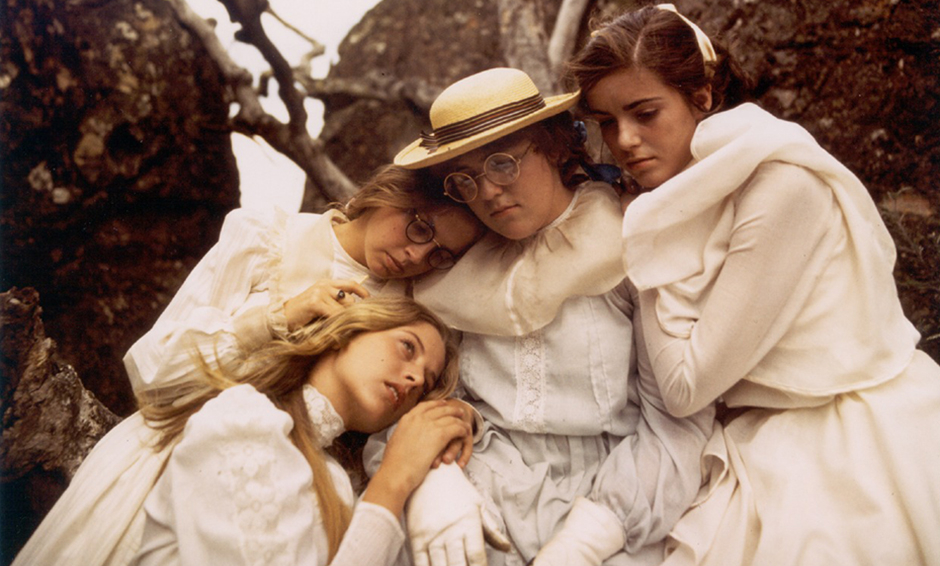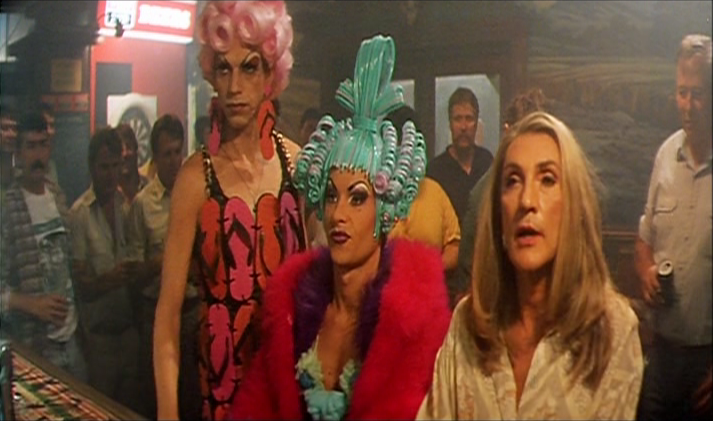With Sydney’s annual Mardi Gras parade approaching faster than a pink bus filled with Redbull the city is abuzz with excitement and party preparations. But why wait until March when you can start the party now?

Not that we need reminding, but it’s been a big year for Sydney’s LGBTQIA community. On top of marriage equality finally becoming a reality we’ve had same-sex proposals in Parliament, front-page weddings that were a long time coming, and Mardi Gras turns 40! If these achievements and milestones aren’t something to get excited about than I don’t know what is.
It seems that Lisa Rose, newly appointed director of Queer Screen is on the same train of thought and has pulled out all the stops to make sure that this year’s Mardi Gras Film Festival is as fabulous a celebration of the LGBTQIA community as anyone could want. Celebrating its 25th anniversary, Queer Screen have a spectacular lineup of diverse features, short films, and documentaries that cover everything from indigenous drag queens to vampires.
“Because it’s our 25th anniversary and the 40th anniversary of Mardi Gras, we wanted to do a thing where we looked back, looked at the present, and looked forward as well.”
Australia has always had a special relationship with queer cinema. It might seem like a case of strange bedfellows if you can imagine a Crocodile Dundee type in bed with a drag queen, but a large part of our cinematic history is built on stories that are different and unashamed. Haters may hate, but they can’t deny that there’s a bold and enduring quality about the films that make up our repertoire.

Some of our most acclaimed and celebrated movies flourish on our relationship with queer cinema – Picnic at Hanging Rock (1975), for example. Peter Weir’s film about a group of young ladies that mysteriously go missing in the outback is more than a critically acclaimed genre piece. The homosexual subtext might have been considered sly back in the day, but modern audiences relish in the open and natural depictions of blossoming attraction amongst teenaged girls in same-sex schools. Similarly, Bruce Beresford’s The Getting of Wisdom (1978) follows Weir’s formula: depicting same-sex attractions as unthreatening byproducts of teenage curiosity and –through the use of a period setting- intimating that it’s nothing new.
Considering that the ‘70s and ‘80s were a time of liberation and celebration in Australia’s history –especially for the arts- is it so shocking that a number of classic movies were expressions of queer cinema? The LGBTQIA community has been a significant part of our cultural identity for decades and this is what Queer Screen is celebrating with a screening of Desert Hearts (1986) and Witches and Faggots, Dykes and Poofters (1980): a behind the scenes look at Sydney’s first Mardi Gras in 1978, a retrospective showcase of the best Australian queer short films of the last 25 years, and a discussion panel of Queer Screen’s 25 Top Films of All Time.

It’s not surprising that most people think Australia’s relationship with queer cinema started in the ‘90s with the arrival of Priscilla Queen of the Desert (1994). The iconic comedy about two drag queens and a transgender woman travelling across the Aussie outback is one of our most internationally recognised films. Director Stephan Elliott not only depicted the lives and struggles of members of the LGBTQIA community –Hugo weaving’s character was based on Sydney drag queen Cindy Pastel – he brought queer cinema into the mainstream. Priscilla opened a lot of doors, despite only showing one facet of the LGBTQIA community it gained a cultural acceptance and even encouragement of queer cinema. Thanks to the opportunities afforded by the big pink bus, we now have a rich repertoire of LGBTQIA movies that cover all sorts of stories from gender transition (52 Tuesdays, 2014) to straight guys playing it gay to take advantage of tax laws (Strange Bedfellows, 2004).
The proud, vibrant, and accepting culture in these movies is not just what we look forward to every Mardi Gras: it’s one of the more attractive parts of Australia’s cultural identity and should be showed off more often. Queer Screen is doing just that with a number of diverse films that “look at the present” makeup of LGBTQIA cinema from the mainstream: Love, Simon (2018) a film about a closeted boy cyberspace-crushing on a schoolmate, to the niche: The Carmilla Movie (2017) a sequel to the Canadian vampire web series.

As to “looking to the future”, well if the last 25 years are anything to go on then the future of LGBTQIA cinema is so bright we’re going to need designer shades. As more queer cinema is absorbed by Australian audiences then that part of our cultural identity will continue to grow and become more confident and beautiful.
You can catch Queer Screen’s Mardi Gras Film Festival from Feb. 15 – March 1st. For more details click here! Do you have a favourite LGBTQIA movie? Share it with us below!







